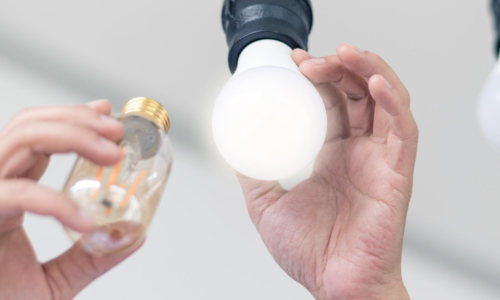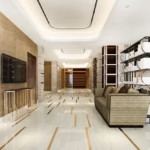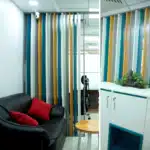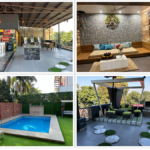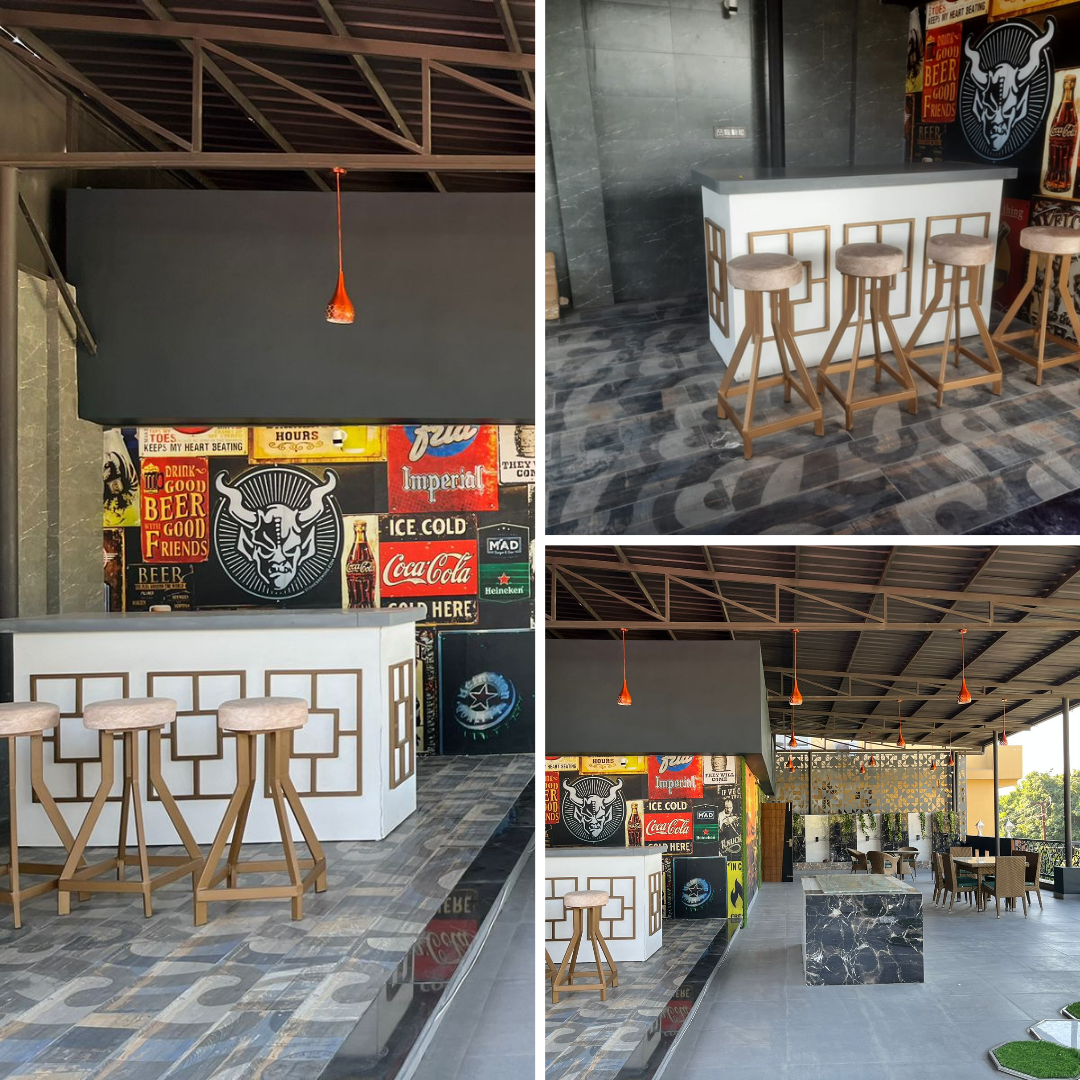How to Balance Privacy and Collaboration in Office Design
- amodini
- 0 Comments
Designing a modern office is not just about making it look attractive. The true goal is to create a workplace that supports both privacy and collaboration. These two elements may seem opposite, but when balanced properly, they can improve productivity, reduce stress, and make employees feel more satisfied at work. An office that supports private work as well as teamwork allows people to focus when needed and come together when collaboration is required.
In this blog, we will explore what balancing privacy and collaboration in office design means, why it is important, and how businesses can achieve this balance through practical strategies.
Why Balancing Privacy and Collaboration is Important
Balancing privacy and collaboration is about giving employees choices. A workplace with too much privacy may cause isolation and reduce teamwork, while one with too much openness may create distractions and stress. Striking a balance ensures that employees can enjoy both focused work and teamwork when needed.
Here are a few reasons why this balance is so important:
-
Improved Productivity – Employees perform better when they can focus privately on complex tasks and later collaborate on team projects.
-
Employee Satisfaction – A balanced design makes employees feel valued because their different working styles are respected.
-
Flexibility – Every day is different. Sometimes an employee needs to focus, while at other times, teamwork is essential.
-
Reduced Stress – A mix of quiet and social areas prevents frustration and burnout.
-
Better Use of Space – Offices can adapt to different needs instead of forcing one style on everyone.
Practical Ways to Balance Privacy and Collaboration in Office Design
Balancing privacy and collaboration requires planning, flexibility, and smart design. Here are several strategies businesses can follow:
1. Create Flexible Work Zones
Divide the office into zones for different purposes. For example, have open areas for collaboration, private rooms for focused work, and common lounges for relaxation. This zoning helps employees choose the space that suits their task.
2. Use Acoustic Solutions
Noise is one of the biggest problems in open offices. Adding soundproof walls, acoustic panels, carpets, and noise-reducing furniture can help. These solutions make collaboration spaces lively while keeping private zones quiet.
3. Provide Phone Booths and Quiet Rooms
Small booths or quiet rooms give employees private spaces to take calls, attend video meetings, or concentrate without interruptions. These areas are especially useful in large, open-plan offices.
4. Adopt Modular Furniture
Modular furniture allows spaces to be rearranged based on needs. For example, desks can be joined for teamwork or separated for private work. This flexibility ensures that the office can adapt to both collaboration and privacy.
5. Encourage Hybrid Workstations
Not every employee needs a permanent desk. Hybrid workstations with shared desks, private nooks, and collaborative areas provide variety. Employees can move depending on the type of work they are doing.
6. Design Collaborative Meeting Areas
Collaboration areas should be well-equipped with digital tools like whiteboards, projectors, and screens for presentations. Comfortable seating and an open layout encourage brainstorming and creativity.
7. Respect Personal Space
Even in collaborative offices, personal space is important. Using partitions, plants, or movable screens can help create semi-private areas without completely isolating employees.

Comparison: Privacy vs Collaboration in Office Design
The table below highlights the differences between office privacy and collaboration spaces, showing why both are needed in balance.
| Aspect | Privacy in Office Design | Collaboration in Office Design |
|---|---|---|
| Purpose | To allow focus and concentration | To encourage teamwork and idea sharing |
| Environment | Quiet, controlled, minimal distractions | Open, interactive, flexible |
| Examples | Private cabins, soundproof booths, cubicles | Meeting rooms, lounges, open desks, brainstorming zones |
| Employee Benefit | Reduced stress, higher concentration, better accuracy | Strong teamwork, creativity, communication |
| Challenges | Can cause isolation if overused | Can cause noise and distraction if overused |
This comparison shows that both elements are important. Too much of one can create problems, but together, they complete a productive work environment.
The Role of Technology in Balancing Privacy and Collaboration
Technology also plays a big role in balancing office design. For example, using video conferencing tools reduces the need for large meeting rooms, while digital collaboration platforms allow employees to work together without disturbing others. Smart office solutions such as sound-masking systems, adjustable desks, and booking apps for meeting rooms also help maintain balance.
Technology ensures that privacy is respected while still allowing teamwork. For example, employees can collaborate through digital platforms like project management software while still working from private desks. According to Wikipedia, collaboration in technology has expanded the way organizations function globally.
Common Mistakes to Avoid in Office Design
While balancing privacy and collaboration, many businesses make mistakes. Here are a few to avoid:
-
Focusing only on open offices – This creates noise and distractions.
-
Making everything private – This prevents teamwork and communication.
-
Ignoring employee feedback – Employees know best what type of spaces they need.
-
Not using flexible furniture – Offices should be able to adapt to changing requirements.
-
Neglecting noise control – Even collaborative spaces need some level of sound management.
Also Read:
- What Is a Mood Board in Interior Design?
- What Is Modern Classic Interior Design?
- What is Green Interior Design?
- What Are the Different Materials Used for Interior Design?
- Is Interior Architecture the Same as Interior Design?
Conclusion
Balancing privacy and collaboration in office design is essential for creating a productive, flexible, and satisfying workplace. Privacy allows employees to focus deeply, while collaboration encourages teamwork and innovation. The best office design gives people both options, so they can switch between focused work and team discussions as needed.
By creating flexible zones, using soundproofing, adopting modular furniture, and leveraging technology, businesses can achieve the perfect balance. Avoiding common mistakes and focusing on employee needs ensures long-term success. Just like in life, balance is the key—and in offices, balancing privacy and collaboration is the secret to a healthier and more effective work environment.


